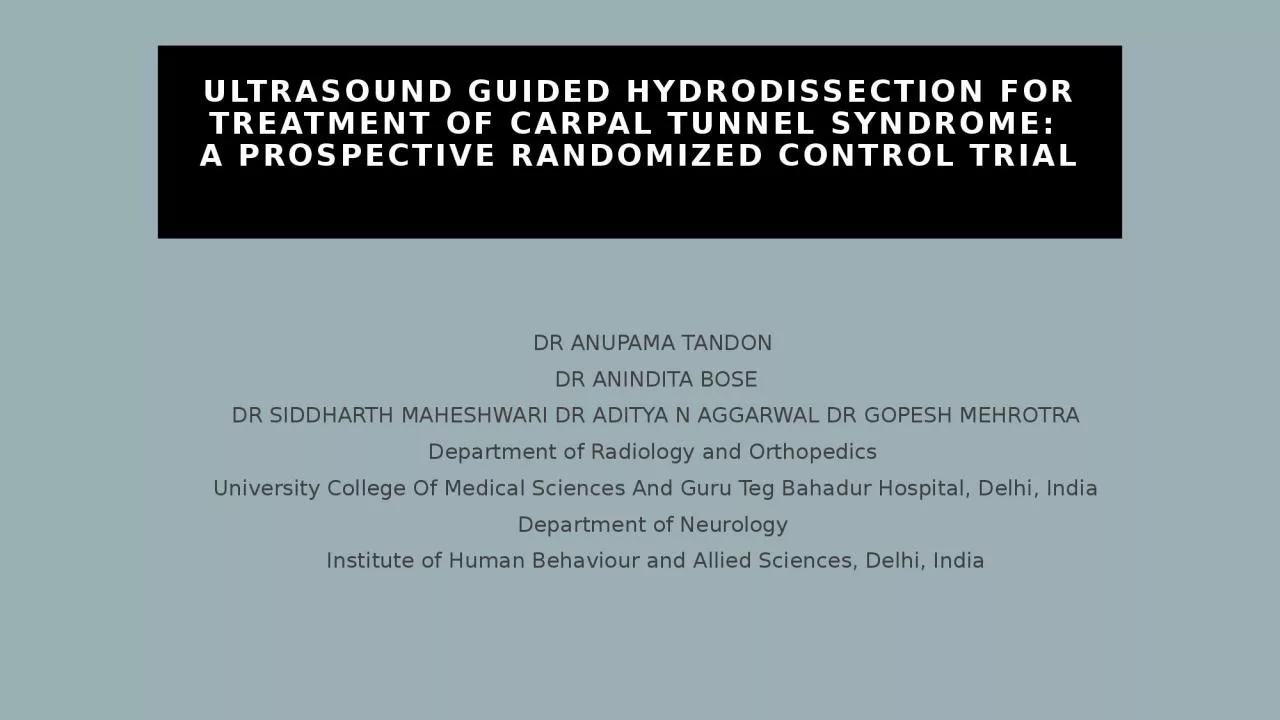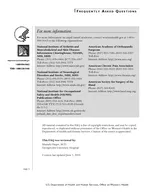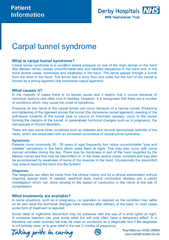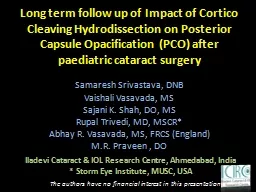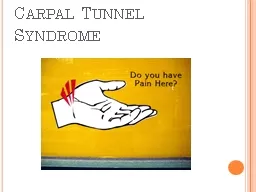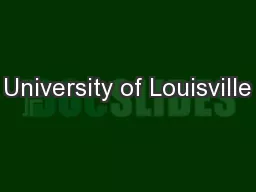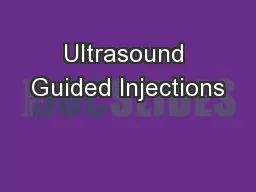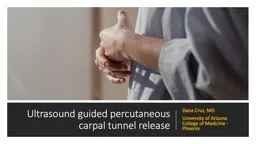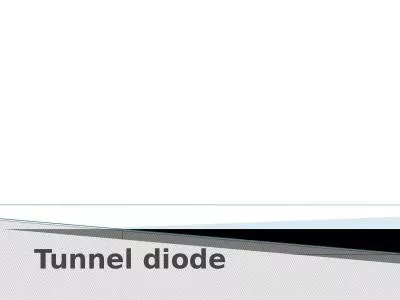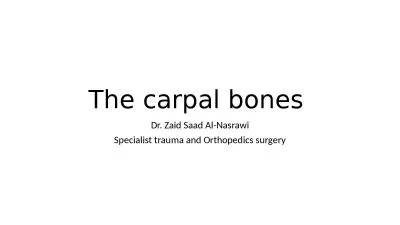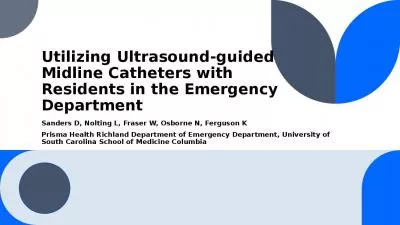PPT-ULTRASOUND GUIDED HYDRODISSECTION FOR TREATMENT OF CARPAL TUNNEL SYNDROME:
Author : anastasia | Published Date : 2023-05-29
A PROSPECTIVE RANDOMIZED CONTROL TRIAL DR ANUPAMA TANDON DR ANINDITA BOSE DR SIDDHARTH MAHESHWARI DR ADITYA N AGGARWAL DR GOPESH MEHROTRA Department of Radiology
Presentation Embed Code
Download Presentation
Download Presentation The PPT/PDF document "ULTRASOUND GUIDED HYDRODISSECTION FOR TR..." is the property of its rightful owner. Permission is granted to download and print the materials on this website for personal, non-commercial use only, and to display it on your personal computer provided you do not modify the materials and that you retain all copyright notices contained in the materials. By downloading content from our website, you accept the terms of this agreement.
ULTRASOUND GUIDED HYDRODISSECTION FOR TREATMENT OF CARPAL TUNNEL SYNDROME:: Transcript
Download Rules Of Document
"ULTRASOUND GUIDED HYDRODISSECTION FOR TREATMENT OF CARPAL TUNNEL SYNDROME:"The content belongs to its owner. You may download and print it for personal use, without modification, and keep all copyright notices. By downloading, you agree to these terms.
Related Documents

